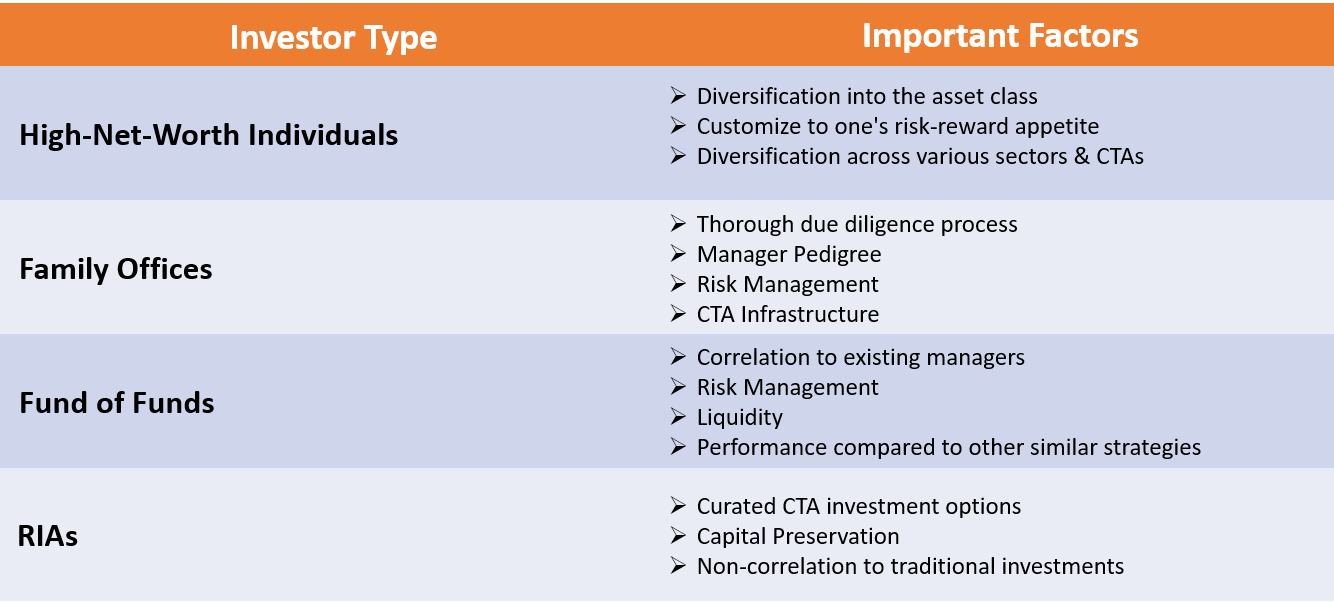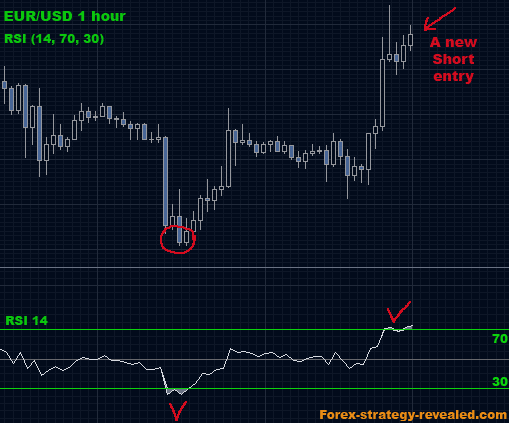
It is risky to invest in et dividends as they are subject to the same volatility market as stocks. But, they can be a great investment option for investors willing to take some risk. In addition, they can offer a high yield. While et dividends may not be a good choice for investors with less risk tolerance, they could be a good choice for investors who are looking for a high yield, as well as a high return.
Energy Transfer LP is a publicly traded limited partnership which owns a wide range of energy assets throughout the United States. The company serves as a holding for subsidiaries engaged in the interstate, intrastate and midstream transportation of crude oil and natural gas. Its subsidiaries also engage in marketing and terminalling services and terminalling and terminalling services for petroleum products.

Since 2022 dividends have been paid. However, the company is yet to disclose when the next dividend will be paid. They also have not announced when the next ex-dividend date will be. In the past year, the company paid out a dividend of $0.87 per share. In the last two year, however, at least eight dividends have been paid by the company. This dividend is not part the company's earnings but is part of its overall profits. Energy Transfer is the holding company. All of its subsidiaries participate in different activities. Some of the company's subsidiaries include Energy Transfer LP and Energy Transfer Partners. Energy Transfer partners also operate natural-gas pipelines and petrol station. It also operates NGL fractionation companies and natural gas-midstream companies. It also engages with other energy-related activities, such as the acquisition USA Compression Partners, LP.
The company also pays a special dividend. It also offers a stock split. The latest stock split took place on December 15, 2019. The company also has a unique stock identification number, the symbol ET. It is notable that the company has a long, rich history. This includes the initial public offering (IPO), which took place on April 22, 2014. Since that IPO, the company has paid at minimum one dividend each year.
There are many ways you can determine a company’s current dividend. But, the most important thing is to identify a company that has a strong dividend history. This is because companies with a solid history of paying out dividends tend to be healthy businesses. The company's growth in dividends is another indicator to look at. Companies must have strong net income, free cash flow, and a dividend policy that regularly pays dividends to be able to measure dividend growth. The company might also pay out dividends on an annual, monthly, or quarterly basis. This helps to smoothen market fluctuations and allows investors to decide how much they want to invest in the company.

The best way to find out what the company's latest dividend is is to check out its website. The company's website includes information about it, including the most recent financial reports and a list all its subsidiaries. You can also see a graph of the company's dividend history that includes both historical and recent dividends. The company also has other useful information such as a list its top executives and information about its subsidiaries. The company's website also has a link to its ETF family, which includes its ETF Profile page. The ETF Profile page provides a detailed description of the fund as well as a link to its ETF family and a daily limit.
FAQ
What is the difference of a broker versus a financial adviser?
Brokers are individuals who help people and businesses to buy and sell securities and other forms. They manage all paperwork.
Financial advisors are experts in the field of personal finances. They help clients plan for retirement and prepare for emergency situations to reach their financial goals.
Banks, insurers and other institutions can employ financial advisors. They can also be independent, working as fee-only professionals.
Consider taking courses in marketing, accounting, or finance to begin a career as a financial advisor. Also, you'll need to learn about different types of investments.
What's the difference between marketable and non-marketable securities?
The principal differences are that nonmarketable securities have lower liquidity, lower trading volume, and higher transaction cost. Marketable securities, on the other hand, are traded on exchanges and therefore have greater liquidity and trading volume. Because they trade 24/7, they offer better price discovery and liquidity. However, there are some exceptions to the rule. Some mutual funds, for example, are restricted to institutional investors only and cannot trade on the public markets.
Non-marketable securities can be more risky that marketable securities. They generally have lower yields, and require greater initial capital deposits. Marketable securities are generally safer and easier to deal with than non-marketable ones.
A large corporation bond has a greater chance of being paid back than a smaller bond. The reason for this is that the former might have a strong balance, while those issued by smaller businesses may not.
Because they are able to earn greater portfolio returns, investment firms prefer to hold marketable security.
How do I choose an investment company that is good?
It is important to find one that charges low fees, provides high-quality administration, and offers a diverse portfolio. The type of security in your account will determine the fees. Some companies have no charges for holding cash. Others charge a flat fee each year, regardless how much you deposit. Others may charge a percentage or your entire assets.
You also need to know their performance history. A company with a poor track record may not be suitable for your needs. You want to avoid companies with low net asset value (NAV) and those with very volatile NAVs.
Finally, you need to check their investment philosophy. In order to get higher returns, an investment company must be willing to take more risks. If they are unwilling to do so, then they may not be able to meet your expectations.
How can I invest in stock market?
Brokers allow you to buy or sell securities. A broker sells or buys securities for clients. Trades of securities are subject to brokerage commissions.
Brokers usually charge higher fees than banks. Banks are often able to offer better rates as they don't make a profit selling securities.
An account must be opened with a broker or bank if you plan to invest in stock.
A broker will inform you of the cost to purchase or sell securities. This fee will be calculated based on the transaction size.
Ask your broker questions about:
-
Minimum amount required to open a trading account
-
whether there are additional charges if you close your position before expiration
-
What happens when you lose more $5,000 in a day?
-
How long can you hold positions while not paying taxes?
-
whether you can borrow against your portfolio
-
Transfer funds between accounts
-
how long it takes to settle transactions
-
the best way to buy or sell securities
-
How to Avoid Fraud
-
How to get assistance if you are in need
-
If you are able to stop trading at any moment
-
whether you have to report trades to the government
-
Reports that you must file with the SEC
-
What records are required for transactions
-
How do you register with the SEC?
-
What is registration?
-
How does it affect me?
-
Who is required to register?
-
What time do I need register?
What is a Reit?
A real estate investment Trust (REIT), or real estate trust, is an entity which owns income-producing property such as office buildings, shopping centres, offices buildings, hotels and industrial parks. They are publicly traded companies which pay dividends to shareholders rather than corporate taxes.
They are very similar to corporations, except they own property and not produce goods.
How can someone lose money in stock markets?
The stock exchange is not a place you can make money selling high and buying cheap. It is a place where you can make money by selling high and buying low.
The stock exchange is a great place to invest if you are open to taking on risks. They would like to purchase stocks at low prices, and then sell them at higher prices.
They expect to make money from the market's fluctuations. They might lose everything if they don’t pay attention.
How are securities traded
Stock market: Investors buy shares of companies to make money. In order to raise capital, companies will issue shares. Investors then purchase them. When investors decide to reap the benefits of owning company assets, they sell the shares back to them.
Supply and Demand determine the price at which stocks trade in open market. If there are fewer buyers than vendors, the price will rise. However, if sellers are more numerous than buyers, the prices will drop.
You can trade stocks in one of two ways.
-
Directly from the company
-
Through a broker
Statistics
- Individuals with very limited financial experience are either terrified by horror stories of average investors losing 50% of their portfolio value or are beguiled by "hot tips" that bear the promise of huge rewards but seldom pay off. (investopedia.com)
- Even if you find talent for trading stocks, allocating more than 10% of your portfolio to an individual stock can expose your savings to too much volatility. (nerdwallet.com)
- "If all of your money's in one stock, you could potentially lose 50% of it overnight," Moore says. (nerdwallet.com)
- US resident who opens a new IBKR Pro individual or joint account receives a 0.25% rate reduction on margin loans. (nerdwallet.com)
External Links
How To
How to open a trading account
The first step is to open a brokerage account. There are many brokers out there, and they all offer different services. Some have fees, others do not. Etrade is the most well-known brokerage.
Once you have opened your account, it is time to decide what type of account you want. These are the options you should choose:
-
Individual Retirement Accounts, IRAs
-
Roth Individual Retirement Accounts
-
401(k)s
-
403(b)s
-
SIMPLE IRAs
-
SEP IRAs
-
SIMPLE 401(k)s
Each option comes with its own set of benefits. IRA accounts are more complicated than other options, but have more tax benefits. Roth IRAs allow investors deductions from their taxable income. However, they can't be used to withdraw funds. SIMPLE IRAs have SEP IRAs. However, they can also be funded by employer matching dollars. SIMPLE IRAs are simple to set-up and very easy to use. These IRAs allow employees to make pre-tax contributions and employers can match them.
Next, decide how much money to invest. This is called your initial deposit. Many brokers will offer a variety of deposits depending on what you want to return. Based on your desired return, you could receive between $5,000 and $10,000. The lower end of this range represents a conservative approach, and the upper end represents a risky approach.
After deciding on the type of account you want, you need to decide how much money you want to be invested. Each broker will require you to invest minimum amounts. These minimum amounts vary from broker-to-broker, so be sure to verify with each broker.
Once you have decided on the type of account you would like and how much money you wish to invest, it is time to choose a broker. Before you choose a broker, consider the following:
-
Fees: Make sure your fees are clear and fair. Many brokers will offer trades for free or rebates in order to hide their fees. However, many brokers increase their fees after your first trade. Do not fall for any broker who promises extra fees.
-
Customer service - Look for customer service representatives who are knowledgeable about their products and can quickly answer questions.
-
Security - Make sure you choose a broker that offers security features such multi-signature technology, two-factor authentication, and other.
-
Mobile apps - Check if the broker offers mobile apps that let you access your portfolio anywhere via your smartphone.
-
Social media presence. Find out whether the broker has a strong social media presence. It may be time to move on if they don’t.
-
Technology - Does this broker use the most cutting-edge technology available? Is the trading platform easy to use? Are there any issues when using the platform?
Once you have decided on a broker, it is time to open an account. Some brokers offer free trials, while others charge a small fee to get started. After signing up you will need confirmation of your email address. You will then be asked to enter personal information, such as your name and date of birth. Finally, you will need to prove that you are who you say they are.
After you have been verified, you will start receiving emails from your brokerage firm. These emails will contain important information about the account. It is crucial that you read them carefully. The emails will tell you which assets you are allowed to buy or sell, the types and associated fees. Keep track of any promotions your broker offers. These may include contests or referral bonuses.
Next, open an online account. An online account is typically opened via a third-party site like TradeStation and Interactive Brokers. These websites can be a great resource for beginners. To open an account, you will typically need to give your full name and address. You may also need to include your phone number, email address, and telephone number. Once you have submitted all the information, you will be issued an activation key. This code will allow you to log in to your account and complete the process.
Now that you have an account, you can begin investing.